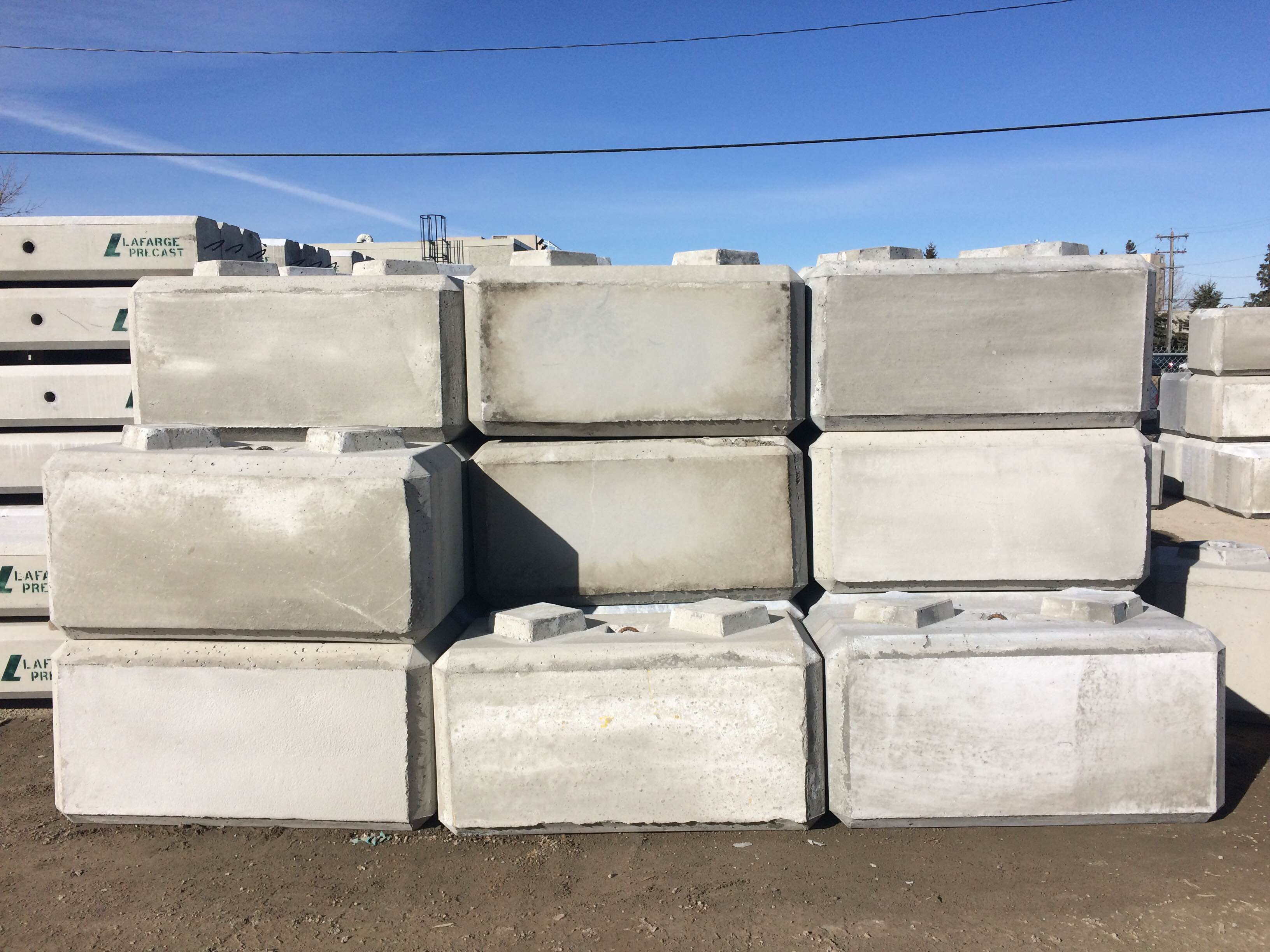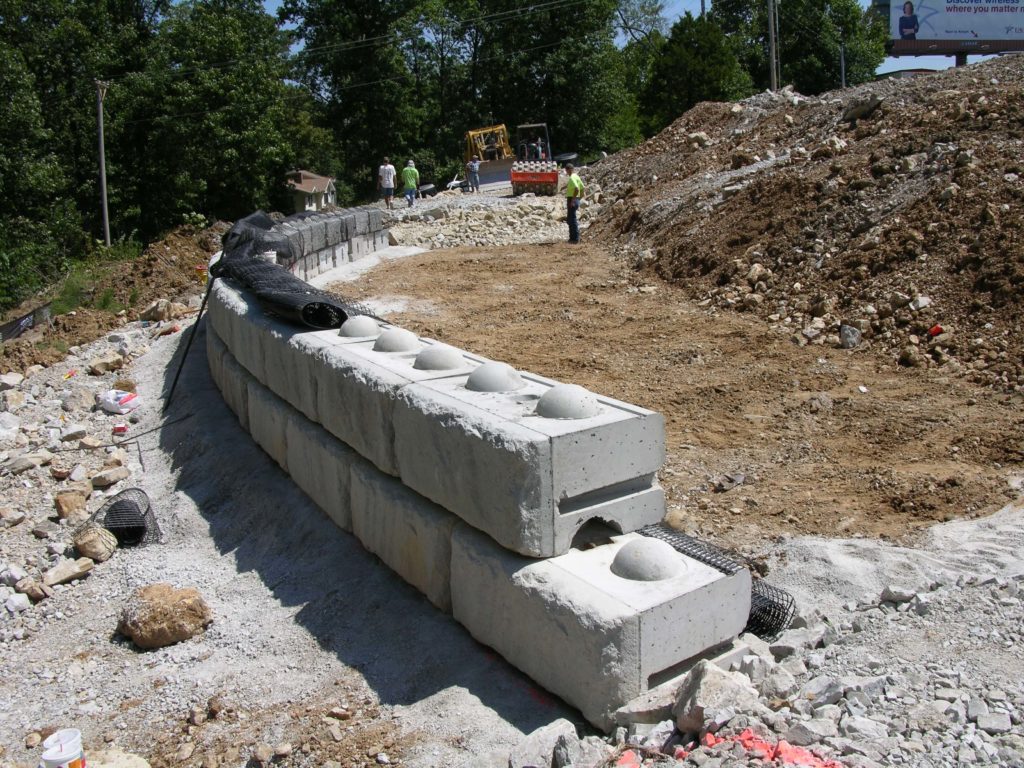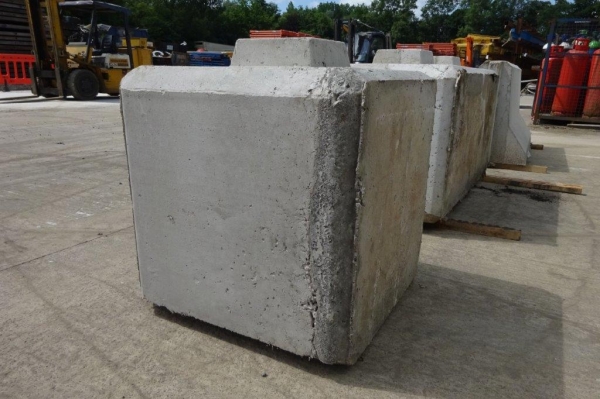

“It is an industrial product, but it is still cute. “I wanted a Tetrapod in my bedroom, but the real one is too big, and if I hit it in the night, it would hurt,” he laughed, noting that he has a personal taste that favors non-organic materials and sterilized design. For the past seven years, he has marketed a stuffed Tetrapod made out of nubby grey felt, allowing people to bring a little piece of the concrete seaside into their own home. The founder and mastermind behind the company Maniapparel-who asked that his name and likeness not revealed due to a strict day job-has made it his off-the-clock mission to make the Tetrapod feel accessible to the masses. In fact, Tetrapods have become such an ingrained part of the Japanese landscape that they’ve even gained some footing as a pop culture touchstone.

Appearances, be damned: this country believes Tetrapods work in the fight against erosion. And while breakwater barriers also can be found in places like England, Morocco, and-yes-the US, Japan seems to have most readily embraced their functionality.

These structures work to force the water around and through their wonky, unnatural forms, dispersing the crash of the waves instead of simply blocking them. Whereas rocks would, eventually, wash away, the weight and puzzle-piece styling of the Tetrapod allows them to stand firm against the elements, come what may. Today, the structures have an almost omnipresence anywhere land meets the sea.Īlways appearing in flocks, the Tetrapods’ interlocking design feels like an upgraded version of piling up rocks to stop water from eroding the coast. Originally created in France in the late 1940s, they’ve found a real home in Japan thanks to their mother company, Fudo Tetra. And with the earthquake that occurred this week in Fukushima-an aftershock of 2011, experts believe-this effort seems more pressing than ever.Ī Tetrapod (which, Japanese engineers are quick to remind you, is a proper name, even if it has become a generic catchall) is a four-footed, porous, concrete “breakwater barrier” used to prevent erosion and water damage by dissipating waves. This has manifested, in large part, in the re-installation of these Tetrapods (and all of their concrete kissing cousins, like seawalls) along the most vulnerable coasts. A nearby elementary school has been abandoned and converted into a future emergency shelter, just in case.īut the first step of recovery from the 2011 tragedy has been heaping up a stronger defense for the region-starting with protections from the sea. The landscape here has the underpinnings of recovery but still feels largely decimated: housing foundations lay bare while weeds and wildflowers grow chest-high.
#Concrete barrier blocks Patch#
He gestured to a scrubby patch of trees where a veritable forest once stood. “After the earthquake and tsunami hit, we’ve been rebuilding everything, but a lot hasn’t come back yet,” Yoshinori Okuyama, Director General of the Sendai Bay South Coast Office, noted. But the wall itself holds less interest to me than its supporting cast members a few hundred yards out into the water.Ī stone’s throw off the coastline, dozens of gigantic, 10-ton concrete structures known as Tetrapods form a long row and look-if we’re being honest-as if a giant dumped a behemoth box of jacks into the sea.

It stops the waves from beating down on the shore, whether during a gales of a tsunami or the daily lap of erosion. The seawall, as you might imagine, is a tall, sloped structure intended to keep the sea and the land somewhat apart. SENDAI, Japan-It’s a blustery day and I’m standing on a giant concrete seawall, staring over the water.


 0 kommentar(er)
0 kommentar(er)
